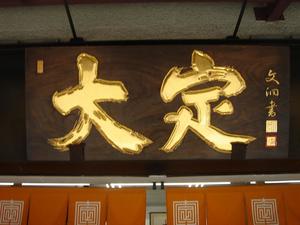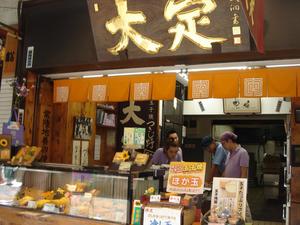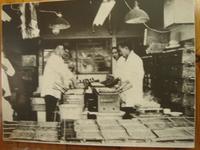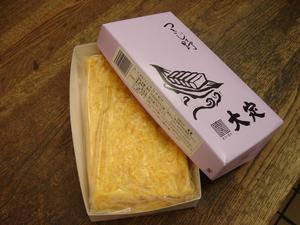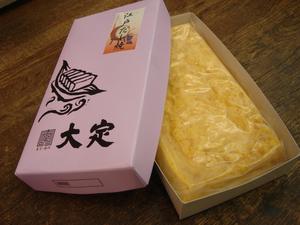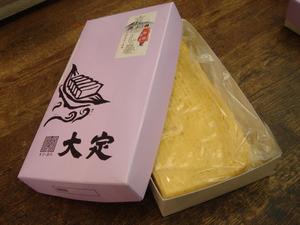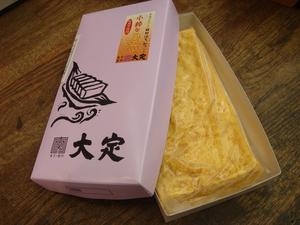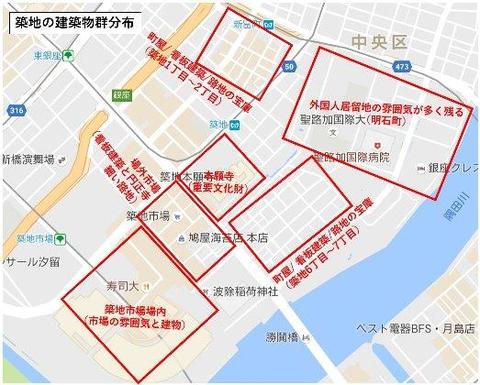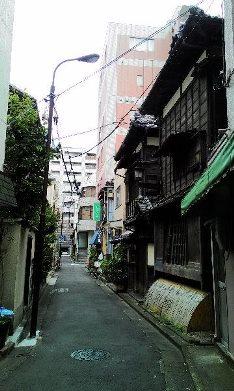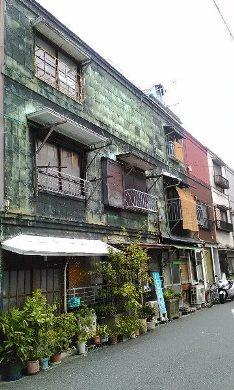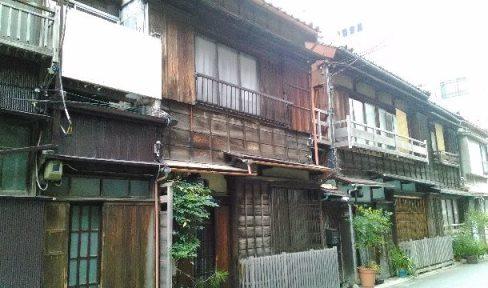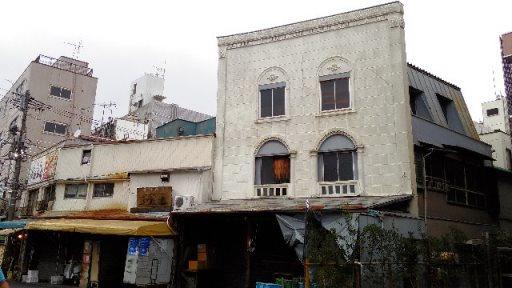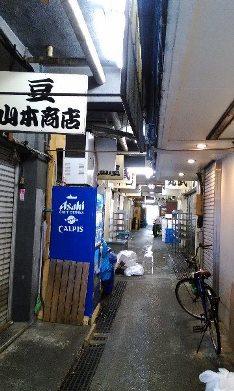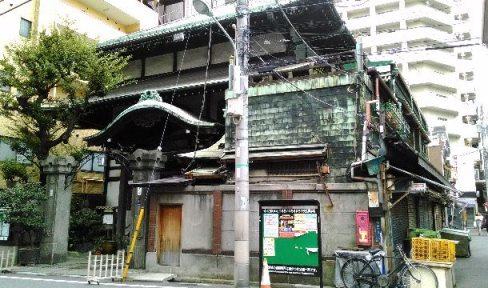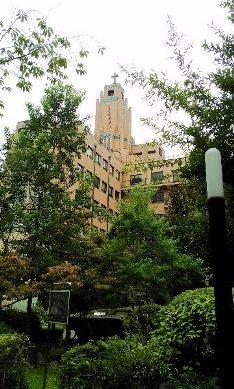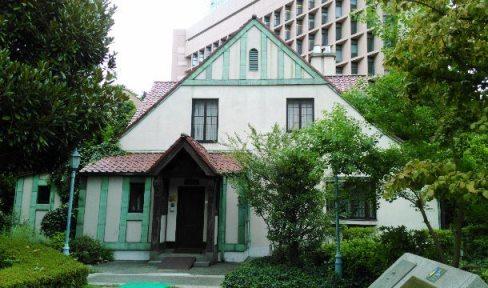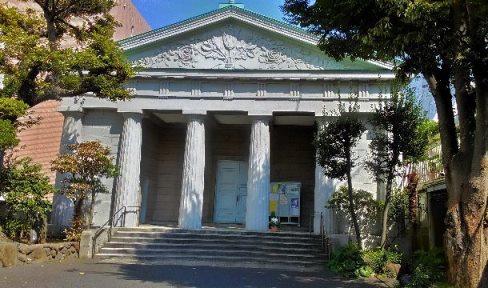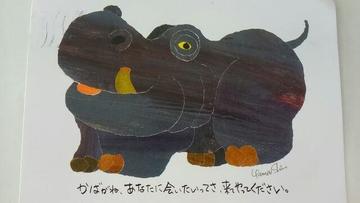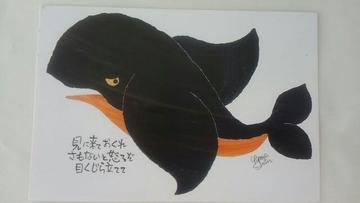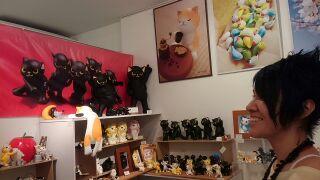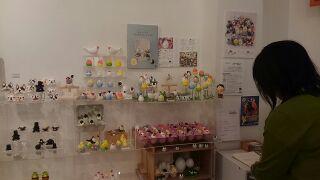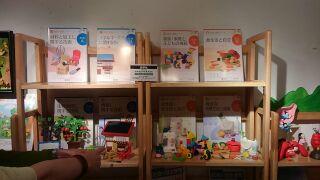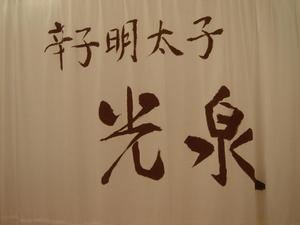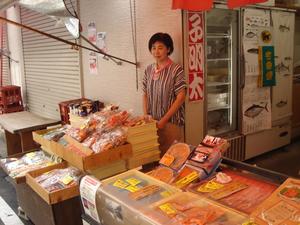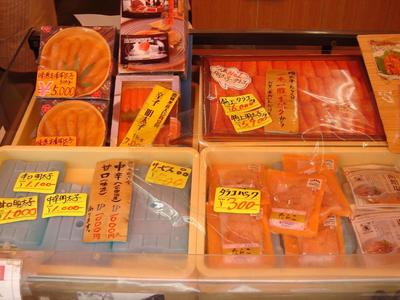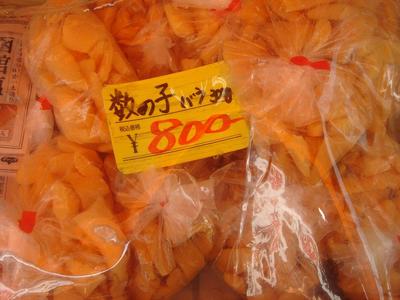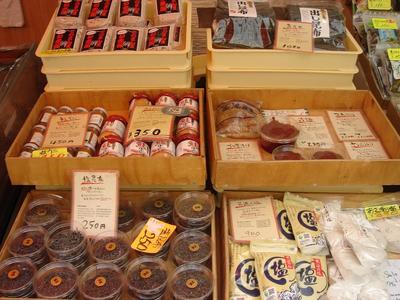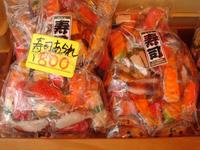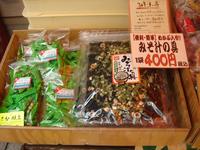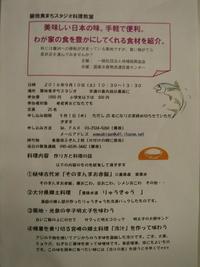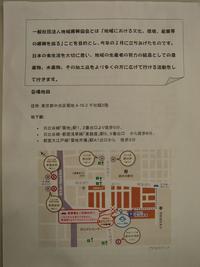This is rosemary sea, which covers "gifts and enjoy yourself" as the backbone.
Before I became a correspondent, I visited Daisada, who sells delicious egg ware at Tsukiji Outer Market.
I thank Mr. Ishii for your help.
Daisada was founded in 1924 and is a long-established store with a history of 92 years this year.
Daisada's egg ware is ...
〇 Uses 100% carefully selected red egg called "ground egg" from Chiba Prefecture.
Grounded egg is a sap of oak tree = egg produced by chickens grown on food containing ground nutrients such as wood vinegar, cashmerate, wormwood, and seagrass.
It is said that only Chinese medicine's special feed is given, so it is said that cholesterol is 10% less than usual eggs and less involved in allergies. It is made with fresh, safe and excellent eggs, so the taste of egg ware changes greatly. About 15 years ago, the president chose an egg that matches egg ware from the crow chickens and many brands of eggs. The name of "Tsukijino" was also around that time. It is the president's idea to differentiate itself from other stores, not just egg ware.
〇 In addition, everything is hand-burned.
Skilled craftsmen make reliable egg ware with all their heart.
From a poultry farm in Chiba Prefecture, fresh and well-managed eggs are delivered in the middle of the night, prepared at 4:00 am, and started baking around 5:00.
〇 Mixed egg with dashi soup, soy sauce, sugar and salt. However, the method of blending and ratio are secrets.
〇 The basic size is fixed.
For example, in the case of the mainstay and standard product "Tsukijino", the basic size is 560g, the size is 19 x 10 x 3.5 (cm).
Next, the main product lineup. From the top ...
No.
It's also for sushi restaurants, and it feels solid. It's less sweet than those from other stores.
Edo dashiyaki.
The sweetness is further reduced by adding more dashi. The texture is soft.
Kyoto dashimaki.
The dashi is completely different. Kyoto-style dashi with bonito. The texture is also quite soft.
A smart honey.
No sugar. Only domestic honey and apple vinegar are carefully selected.
Egg ware with a subtle sweetness that is gentle to the body.
Shinko Meitaiko.
New products from July. This product is popular with overseas people, especially Chinese people.
It is said that the number of tourists and foreign visitors has increased.
Some people say "no fish" or present a mobile screen or description.
If you give instructions, it seems that it is recommended to remove the dashi roll (use of bonito).
One rosmariepisode.
Visited the store on December 30, last year. There was a very long line, so I asked the guide clerk, "How long does it take?" When asked, he answered, "It's about 10 minutes." When I lined up, I was able to buy it in 10 minutes. I was surprised and impressed by the skill of the people in the shop. ・・ ・ I bought Tsukijino.
The taste period is 5 to 6 days. If you want to eat it immediately, you can also give a gift.
Notice
On September 15th, "Exciting Tour / Tsukiji Outer Market Course Part 1", I and Rosmari will also join the guidance, but Mr. Daisada, I will visit you.
4-13-11, Tsuiji 03-3541-6964
Business hours from 4:00 to 14:30 (only on Saturday until 15:00)
Sunday Holidays We are wandering on the market street, so we will be closed when the market is closed.
Enter from the "Ichiba Bridge" signal intersection at the corner of the National Cancer Center Central Hospital, and in the middle of the entrance to the hall, on the left.
Click here for Daisada's website ⇒ http://www.daisada.jp/
(The small photo in the center shows the production at the time of its founding. At that time, I only baked sushi balls.
